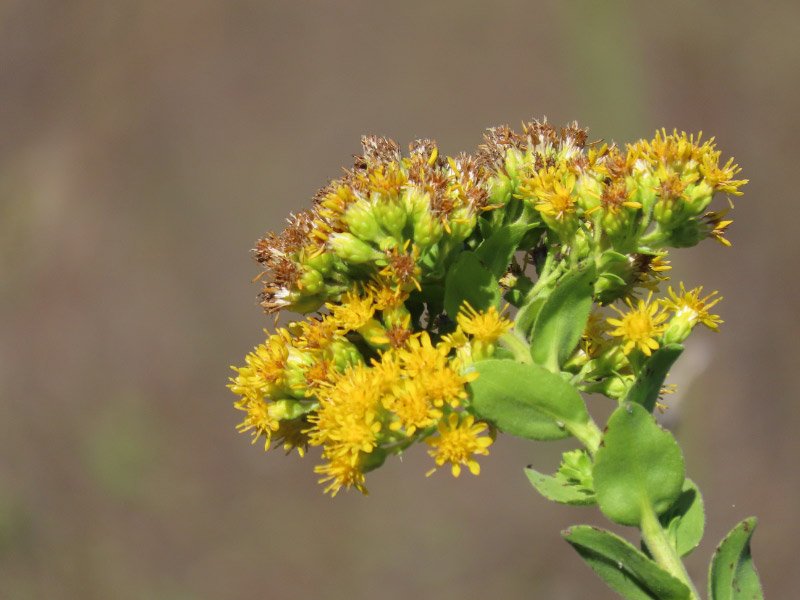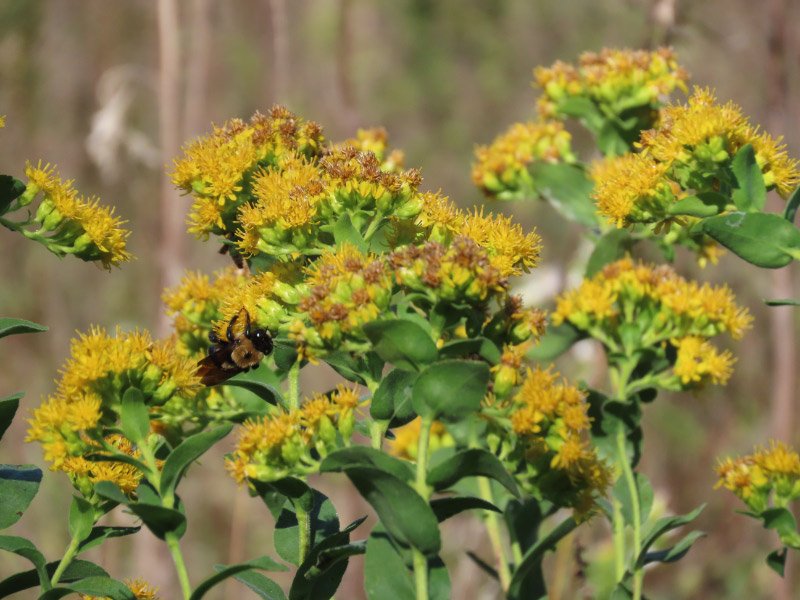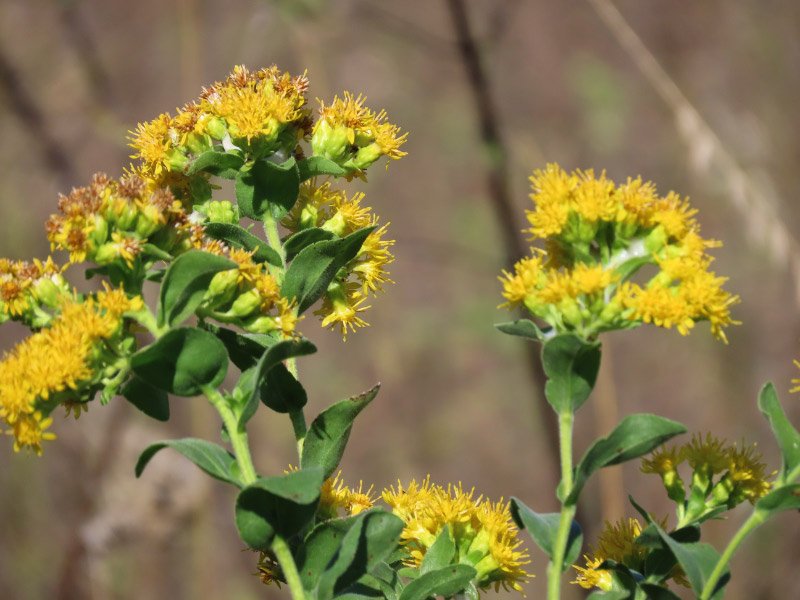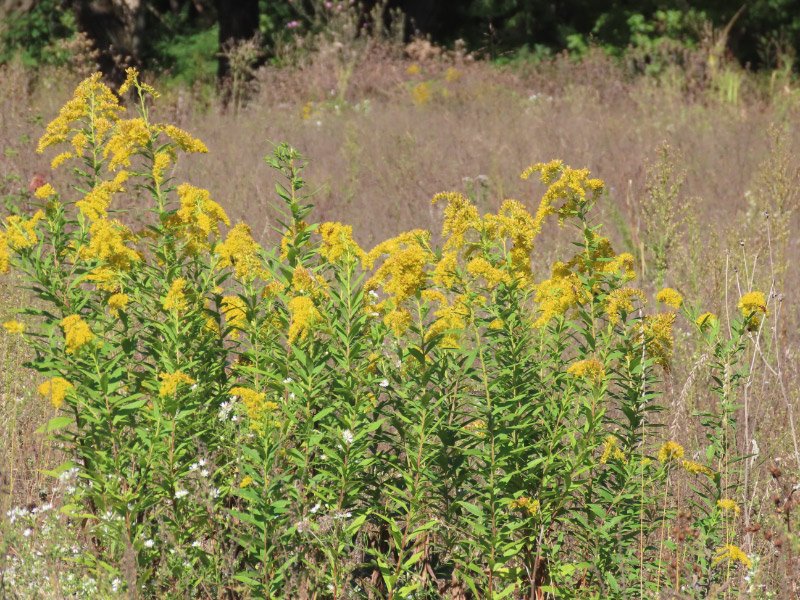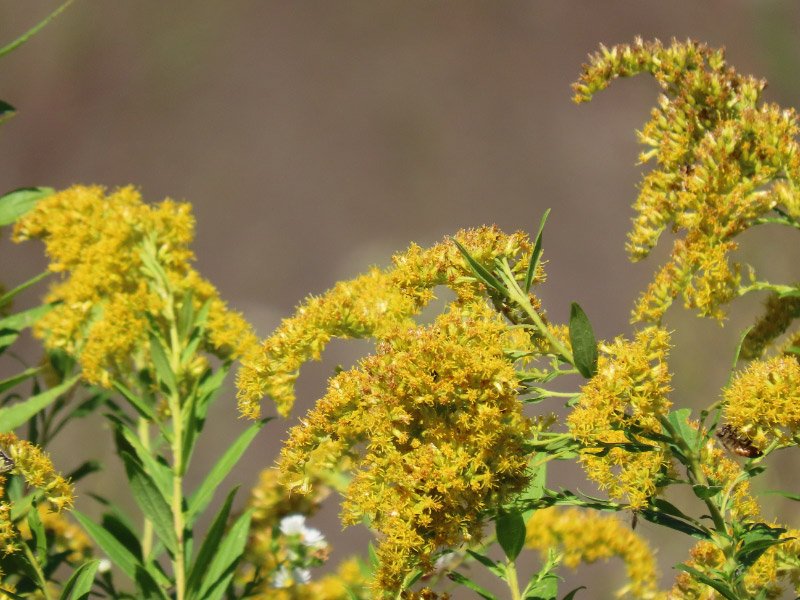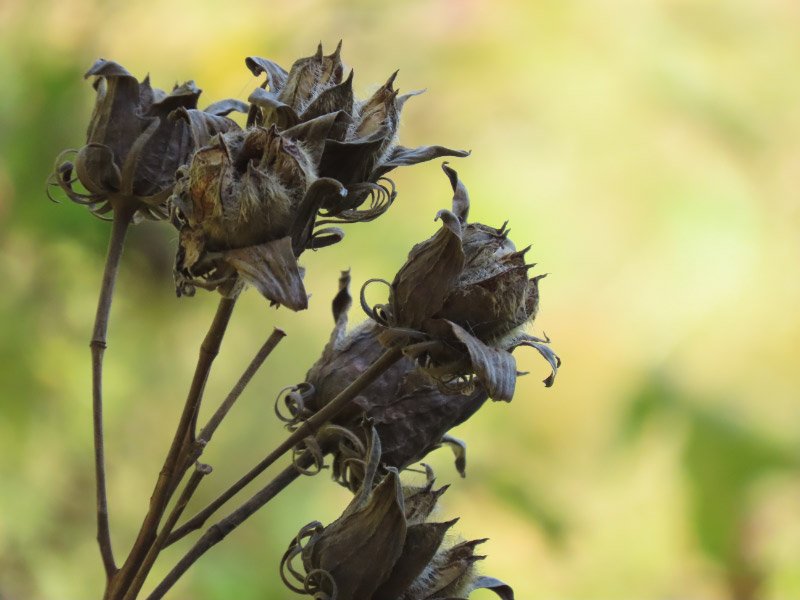Crystal Bridges Museum of American Art (2)
/There is also a lot to see in the outdoor area of Crystal Bridges Museum of American Art in Bentonville, Arkansas. There were some parts that were closed because of recent storm damage (downed trees…at least one piece of art: R. Buckminster Fuller’s Fly’s Eye Dome).
The first sculpture we saw was near the entrance – a silver tree.
Some areas are relatively wild: horse nettles, thistles, shelf-fungus, mallows and grasses.
I was thrilled to photograph a butterfly since I’ve seen so few larger ones this year.
The design on the upper level of Frank Lloyd Wright’s Bachman-Wilson House was attractive. We got tickets (free) when we first got to the museum, and entered the house less than 2 hours after our arrival (enough time to do a broad look at the art on display inside the museum). Pictures are not allowed on the inside of the house. I liked the main living room but felt the rest of the house was claustrophobic (low ceilings and narrow hallways).
There were two installations of Chihuly glass.
There was a giant spider sculpture. It was a good place to take a little rest.
There were several animal sculptures along the trails. I photographed a bear with a fish, a smiling pig, and arabbit with an itching ear.
Water features are near most of the trails. I appreciated the structures in one of the streams to ‘slow the flow.’
There was a turn out from one trail to view quartz crystals in boulders that often contain imprints organisms from long ago in parts that are not crystals.
We probably spent at least as much time outdoors at Crystal Bridges as we did inside! It would be interesting to go again in a different season…maybe next spring.









































